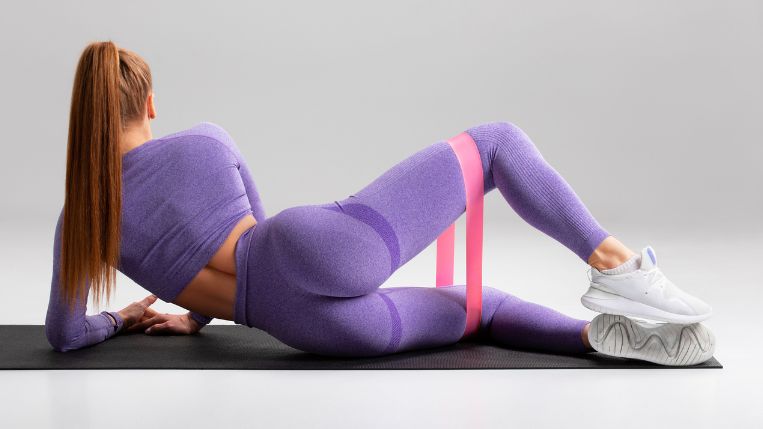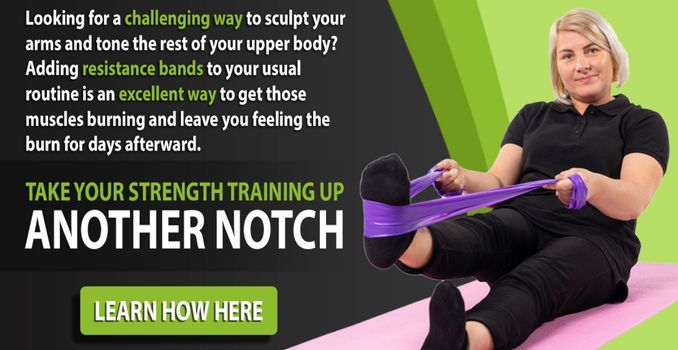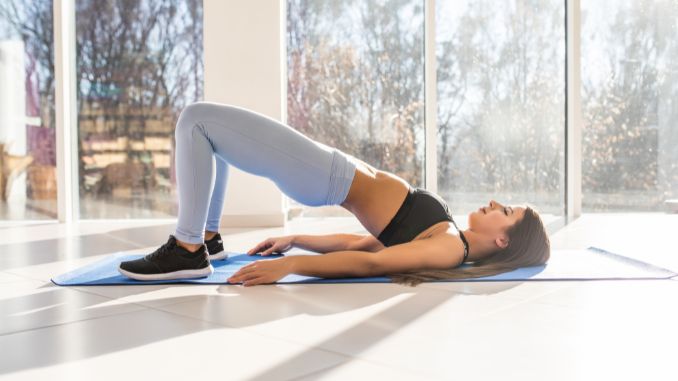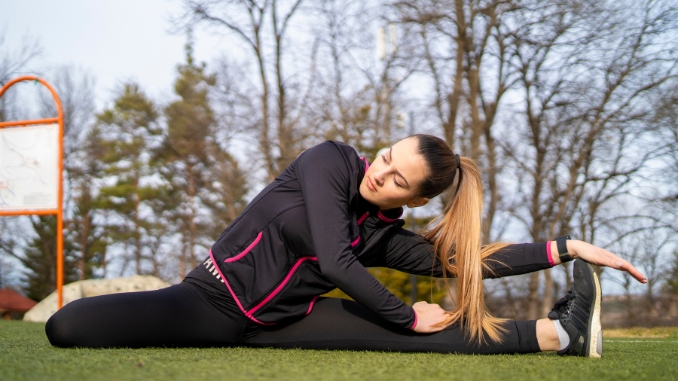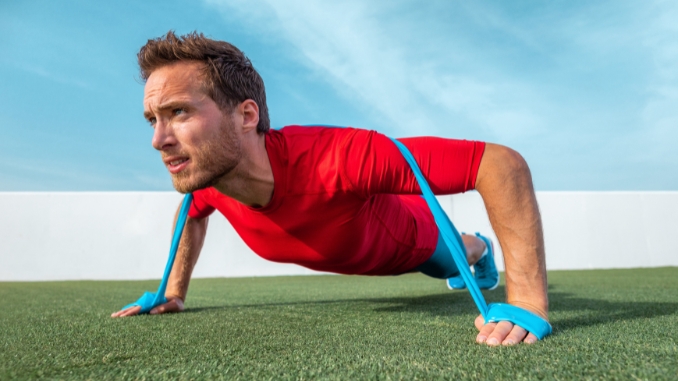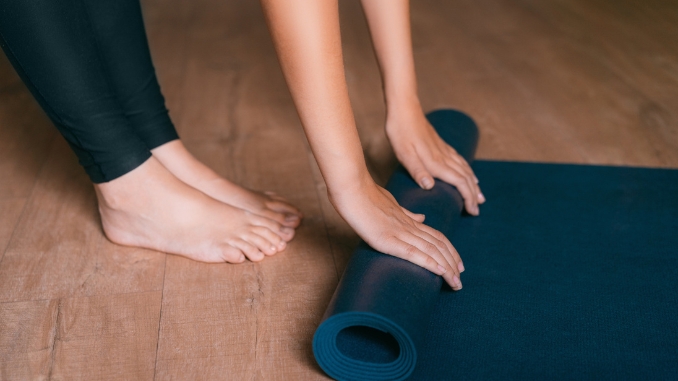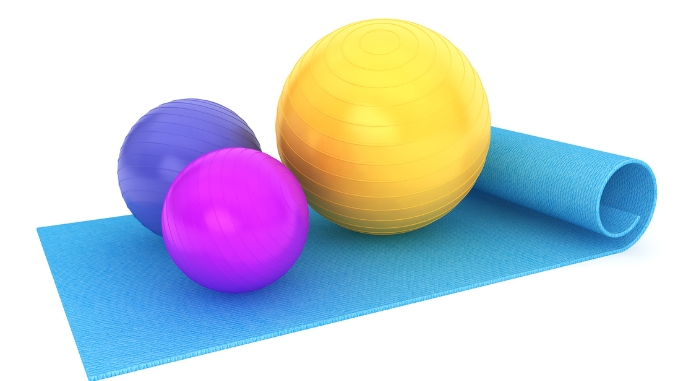Many explore various exercises in pursuit of toned, stronger glutes. But the clamshell exercise stands out for its ability to directly target and strengthen these muscles.
The clamshell exercise is a powerful tool for sculpting your glutes. And then, It targets your gluteus medius and minimus, the muscles on your outer hips that give your glutes that lifted, rounded shape.
Afterwards, by strengthening these muscles, clamshells help you achieve tighter, more defined buttocks.
Beyond aesthetics; this exercise builds functional strength vital for everyday activities and fitness goals.
With each move, you're shaping and redefining your glutes, making them more capable and robust for any activity. Let's explore the clamshell exercise, a great way to build strong and sculpted glutes!
What Is the Clamshell Exercise?
The clamshell exercise is a strength-training move that focuses on the gluteus medius and hip abductor muscles. Moreover, this simple but effective exercise improves hip stability and helps prevent issues such as IT band syndrome.
It's commonly used in rehabilitation and fitness programs to strengthen pelvic and hip muscles, addressing imbalances that can lead to a variety of injuries. The clamshell exercise promotes better overall hip function and lowers the risk of injury.
How To Perform Clamshell Exercise
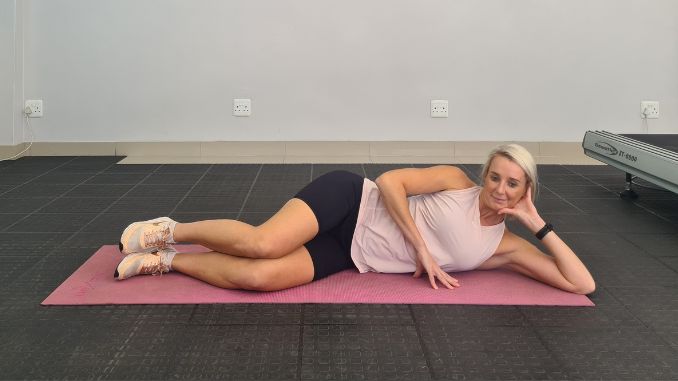
Firstly, lie on your side on the floor, bend your arm, and place your hand on the side of your head for support. Afterwards, stack your hips and knees on top of each other while bending your knees toward your chest.
Moreover, keeping your feet together, lift your top knee toward the ceiling as high as you feel comfortable without rotating your lower back. Return to the starting position. Lastly, repeat the movement on the opposite side.
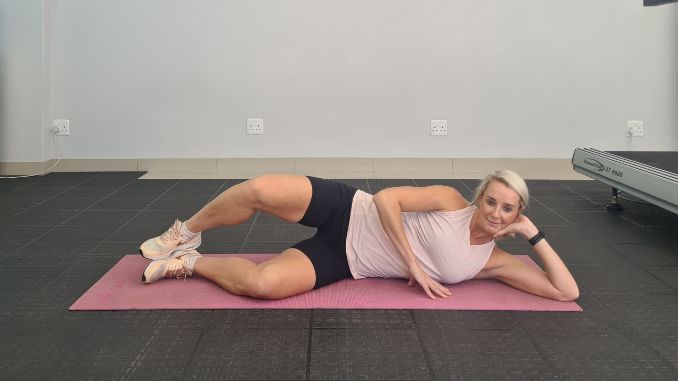
Muscles Targeted By The Clamshell Exercise
Gluteus Medius
Located on the outer side of the hip, responsible for hip abduction. Engaging the gluteus medius in the clamshell exercise helps to tone and strengthen this crucial muscle, promoting lateral stability in the hip joint.
The article from Student Physical Therapist [²], discusses EMG studies that have found good activation of both the gluteus medius and gluteus maximus muscles during the clamshell exercise.
It also notes that the clamshell preferentially activates the gluteus medius while minimizing activity in the tensor fascia latae (TFL), which can be beneficial for hip stability.
Gluteus Minimus
Situated beneath the gluteus medius, also involved in hip abduction. By targeting the gluteus minimus, the exercise ensures a comprehensive workout for the hip abductors, fostering overall hip strength and stability.
Tensor Fasciae Latae (TFL)
A muscle on the lateral side of the hip that aids in hip flexion and abduction. Involving the TFL in the clamshell exercise adds an extra dimension, engaging the lateral hip muscles to enhance functional strength and support.
Piriformis
A deep hip muscle that contributes to external rotation and abduction. Targeting the piriformis in the clamshell exercise ensures a well-rounded activation of deep hip muscles, promoting balanced muscle development and reducing the risk of imbalances that could lead to injuries.
These muscles work together during the clamshell exercise to strengthen the hip abductors, promoting stability and preventing imbalances that can lead to injuries.
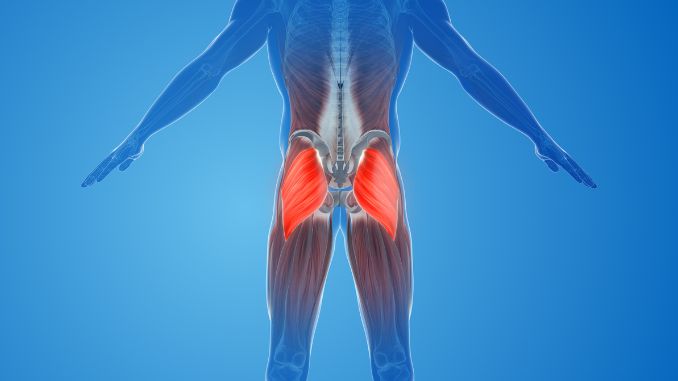
Benefits Of The Clamshell Exercise
A research featured in the Journal of Orthopaedic and Sports Physical Therapy [¹] indicates that the clamshell exercise is highly effective for enhancing hip strength and aiding in the treatment and prevention of injuries. Commonly utilized in physical therapy, the clamshell exercise is beneficial for addressing back pain and sciatica by strengthening the core and lower back muscles, thereby alleviating discomfort.
1. Hip Stability
By focusing on hip strengthening exercises, particularly targeting the gluteus medius, you can significantly increase the stability of your hips. Strengthening these hip abductor muscles ensures your hips are well-supported, reducing the strain on surrounding muscles and joints.
2. Injury Prevention
Regular engagement in exercises that strengthen the hip flexors, gluteal muscles, and the muscles of the inner and outer thighs can lower the risk of common injuries such as IT band syndrome and knee pain. This preventative approach is pivotal in sports physical therapy to maintain optimal muscle balance and health.
3. Pelvic Stabilization
Enhancing the stability of the pelvic area through exercises that maintain the hips stacked in the correct starting position can improve your performance in activities like walking and running. This is achieved by ensuring proper alignment and muscle engagement, which supports the entire lower body.
4. Functional Strength
Strengthening the hips and surrounding muscles enhances overall hip function for daily activities. Exercises designed for varying hip angles focus on muscle recruitment patterns that mimic real-world movements, thereby improving the functional strength of the hip area.
5. Balance Improvement
Exercises that target hip stability and mobility help improve balance and coordination. Starting from the correct position and engaging the upper knee and hip flexors effectively can lead to better body awareness and movement control.
6. Athletic Performance
Incorporating hip strengthening exercises into your routine improves athletic capabilities by increasing resilience, strength, and hip mobility. This is especially important in sports physical therapy, where the emphasis is on optimizing performance and preventing injuries through targeted training and rehabilitation.
7. Joint Health
Promoting healthier hip joints involves engaging targeted muscles around the hips, including the gluteal muscles and hip flexors. This not only enhances joint health but also ensures the longevity of hip function and mobility.
8. Rehabilitation
Hip strengthening exercises are commonly used in rehabilitation programs for hip-related injuries. Physical therapy focusing on the hips often includes exercises that target the inner and outer thighs, gluteal muscles, and hip flexors to support recovery and prevent future issues.
9. Visibility
Hip exercises are easily incorporated into various fitness routines, offering a wide range of benefits. From improving athletic performance to enhancing daily functional strength, the versatility of these exercises makes them a valuable addition to any workout plan.
10. Consistency
Consistent practice of hip strengthening exercises builds long-term strength and resilience, significantly reducing the risk of injury. Through regular engagement in physical therapy exercises and maintaining correct muscle recruitment patterns, individuals can enjoy sustained hip health and performance.
Variations Of The Clamshell Exercise
1. Resistance Band Clamshell
For this exercise, utilize the use of a resistance band.
Firstly, begin in an upright sitting position on the floor, and loop a resistance band around your thigh. Secondly, turn your body to the left side with your hips and knees stacked on top of each other. Afterwards, bend your left arm as you anchor your left elbow to support your upper body.
Moreover, engage your core as you keep your feet together, then lift your top knee toward the ceiling as high as you feel comfortable without rotating your lower back. Return to the starting position. Lastly, repeat the movement on the opposite side.
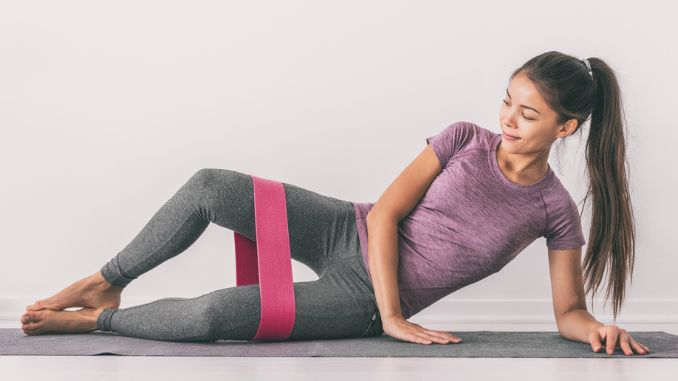
2. Side-Lying Leg Raise
Lie on your side on the floor with your legs straight and stacked on top of each other. Bend your left arm as you anchor your left elbow to support your upper body.
Moreover, place your right arm in front of your chest for added support. Afterwards, engage your core as you keep your feet together, then lift your top leg toward the ceiling as high as you feel comfortable without rotating your lower back. Return to the starting position. Lastly, repeat the movement on the opposite side.
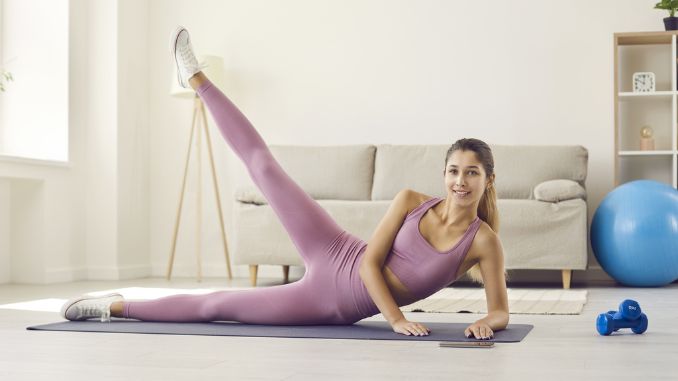
3. Ball Squeeze Clamshell
Lie on your side on the floor with your knees bent and stacked on top of each other. Bend your left arm as you anchor your left elbow and place your hand at the back of your head.
Place a ball between your knees and place your right arm in front of your chest for added support. Engage your core as you gently squeeze the ball. Hold the position for several deep belly breaths, in through your nose and out through your mouth. Relax and repeat the movement on the opposite side.
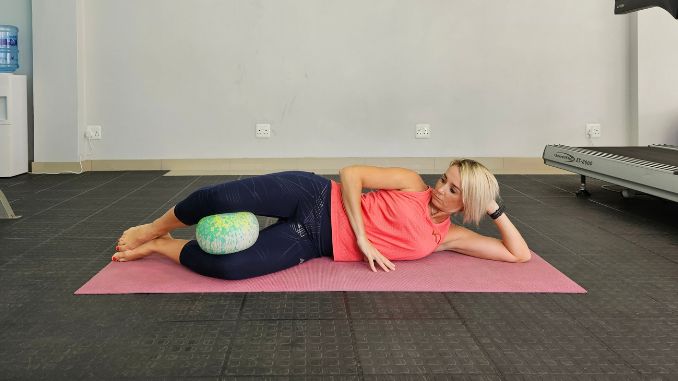
Hip Harmony: The Transformative Power Of The Clamshell Exercise To Your Body
Adding the clamshell exercise to your routine is a win for your hips and overall health. It strengthens and stabilizes your hips, helping to prevent common overuse injuries. This move targets the outer and deep hip muscles, such as the gluteus medius and minimus, by varying hip angle as you lift your knee while keeping your heels together.
Famous for sculpting the glutes, it's a go-to for fitness lovers and those recovering from injuries. Regularly practicing clamshells at different hip angles ensures lasting strength and resilience, preparing your body for daily tasks and improving your health holistically. Enjoy the journey to stronger, well-toned hips.
Ready to take your fitness to the next level? Join us for a transformative workout that targets every muscle group, builds endurance, and sculpts your body like never before. Advanced Sculpt and Strengthen Mini Band Workout are designed to challenge you and deliver fast results.

